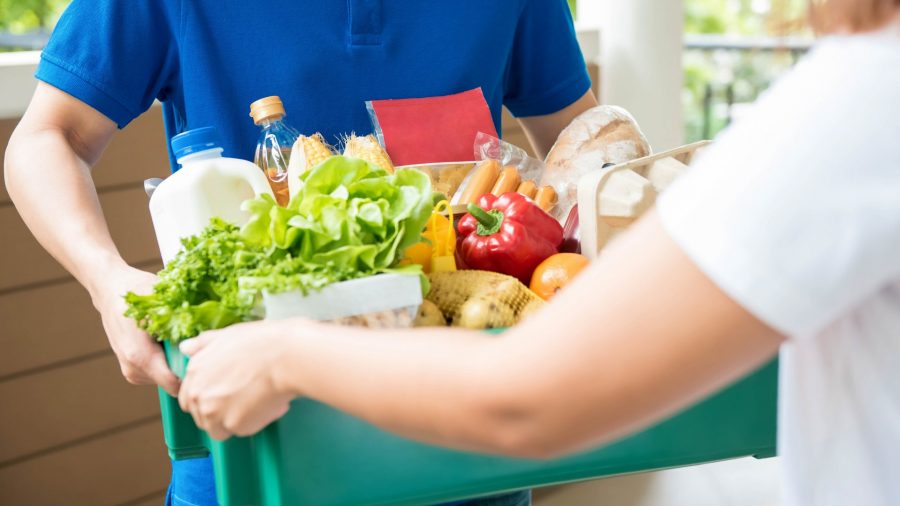While Amsterdam-based e-grocery platform Picnic recently made headlines by raising $707 million in a Series D funding round led by the Bill & Melinda Gates Foundation, perhaps the bigger news is how Picnic and other food companies are leveraging the so-called “own the supply chain” model.
Picnic claims that, by owning the supply chain, it’s able to keep its prices on the same level as brick-and-mortar supermarkets. Orders made via Picnic’s service are delivered straight from its distribution hubs to customers’ front doors at an appointed time by its fleet of small electric vans.
Philadelphia-based consumer goods and food delivery service Gopuff is another example of owning the supply chain. Unlike other delivery companies, GoPuff doesn’t retrieve merchandise from retailers’ stores. Instead, it has its own network of micro-fulfillment centers stocked with inventory.
DoorDash is also tapping into the concept through its ghost kitchen network.
The San Francisco-based company recently announced that it’s expanding its DoorDash Kitchens ghost kitchen network to a second city — San Jose — and is now offering full-service operations capabilities for partner restaurants through a new ghost kitchen revenue-sharing program. The company’s first foray into ghost kitchens was Redwood City, California, in 2019.(Nation’s Restaurant News, July 29)
With the service, DoorDash takes on many of the tasks associated with opening and operating a storefront such as hiring, meal prep, procuring equipment, and sourcing ingredients. According to the company, DoorDash Kitchens Full Service is designed for small fast-food and quick-service retailers that want to expand in or test new markets without having to invest in the usual overhead that would be required. (Chain Store Age, July 30)
A closer look at the concept
Barry Bradley, supply chain lead at food industry analytics platform Crisp, said the model answers the question of whether companies should build and control their own supply chain (an online grocer owning a food manufacturing facility, a bread company owning wheat farms, or Amazon owning its own fleet of delivery vans) or if they should buy those supply chain services (a company shipping product via UPS).
“Rarely will a company 100% own their supply chain, but the decision about what parts to own is important,” he told The Food Institute. “With more ownership comes more control, which is important for the growing trend of supply chain transparency for goods and food, and potentially lower costs, if you can create an efficient enough supply chain.”
Bradley added there can also be significant obstacles to owning the supply chain.
”Owning more segments of your supply chain also requires more upfront capital, expertise, and can be slow to scale. Ideally, food companies find a balance of what they own and what they buy or partner for, utilizing real-time data-driven analytics that optimize inventory, logistics, marketing and more.”












